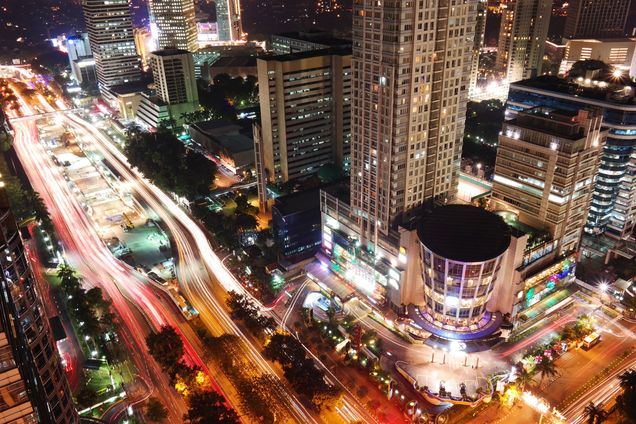Assessing the Spatial Concentration of Indonesia’s Manufacturing Sector: Evidence from Three Decades

Throughout the world, one of the striking facts about economic geography is that firms and workers tend to cluster in certain places. Researchers have offered many different explanations for spatial concentration, including transport costs, natural advantages and productivity spillovers. Although economic factors are of doubtless importance, politics may also influence the location decisions of firms and workers. Researchers have emphasized that access to political power, which can encourage favorable policies, provide better information or enable the extraction of rents, may encourage firms to locate in capital cities.
Indonesia represents an interesting test case for examining theories of spatial concentration, particularly as they relate to politics. Due to its unique geography as an archipelago formerly colonized by the Netherlands, spatial inequalities in the concentration of economic activity, employment and output have been a central feature of Indonesia’s economy for centuries. Furthermore, Indonesia has experienced a profound political transformation over the last several decades due in part to the 1998 Asian Financial Crisis.
A new working paper by Samuel Bazzi and colleagues investigates whether dramatic political changes in Indonesia over the last 30 years led to changes in the spatial distribution of economic activity and in particular, the location decisions of large manufacturers in Indonesia.
Main findings:
- In the mid 1980s, Indonesia’s firms exhibited a similar degree of spatial concentration as seen in the United States. Spatial concentration then declined until the 1998 Asian Financial Crisis and has since begun to rise during the current political decentralization period.
- Concentration exhibited by Indonesian firms is also broadly similar to the United Kingdom, although localization drops off more gradually in Indonesia than in the UK.
- There are 32 manufacturing clusters in Indonesia, with the most robust drivers of spatial concentration being natural resources and supply chain linkages, especially with respect to explaining long-term changes in spatial concentration.
The findings contradict political economy theories suggesting that strong central governments are associated with increased spatial concentration. In fact, the authors find the opposite to be true in Indonesia. The research provides new insight into the relationship between politics and spatial concentration in the manufacturing sector, with implications for future study.
Read the Working Paper